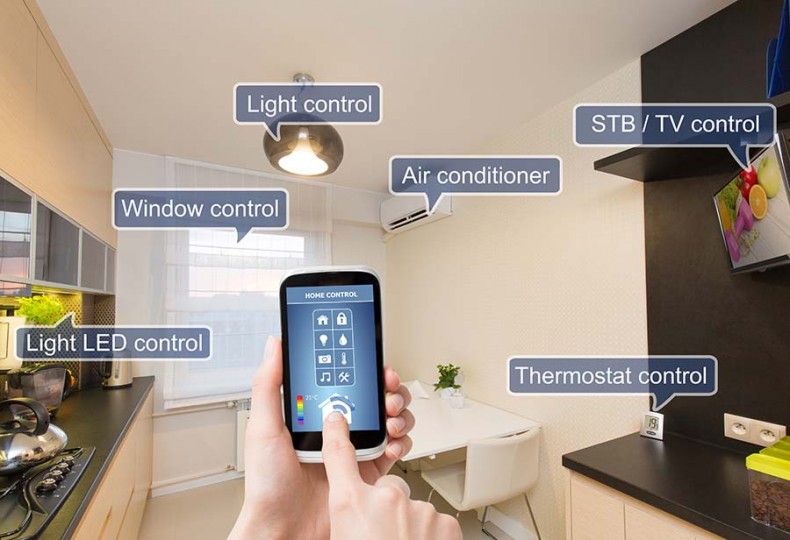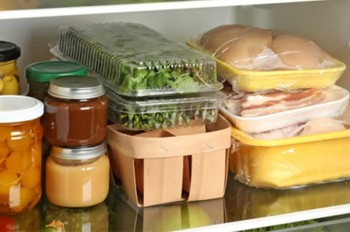Phone Home
Smartphones can control a growing number of gadgets
By Brian SlobodaToday’s world offers smartphone apps for anything and everything. Some apps let you chase imaginary Pokémon around parking lots, while others allow you to control your vast financial empire with merely a few clicks, swipes and shakes.
It should be no surprise that a growing number of household appliances are app-enabled. Most of the apps exist to make your life more convenient (assuming keeping your eyes glued to a small screen is your definition of convenience). But some of these apps can actually help you save energy and make your home more comfortable.
Manufacturers are now adding communication modules inside home appliances.
For around $130, you can purchase a Crock-Pot® that will communicate with your smartphone. If you are late coming home, you can adjust the heat setting and achieve the perfect pot roast.
Some companies are selling electrical outlets that include communication modules. These modules often use Wi-Fi to communicate simple messages to a home’s wireless network. What the messages are will vary from device to device. Typically, the system will allow you to monitor energy consumption, turn devices on and off and change the setting on your thermostat.
The bulk of any energy savings will come from the ability to remotely control your HVAC system’s thermostat.
Apps associated with Wi-Fi controllable thermostats are often easier to use. Thermostats from companies such as Nest, Honeywell and Ecobee allow you to adjust your home’s temperature from your phone. This comes in handy when you forget to turn the air conditioner off while on vacation, or when you want to heat your living space before returning home. These thermostats are also capable of learning your schedule and can provide energy savings by turning the systems back when no one is home. Studies have shown these smart thermostats tend to perform as advertised.
App-enabled appliances won’t be right for every homeowner. It depends on a variety of factors, and many questions should be answered before going down this road:
- What are my goals? Do I want home security, energy savings or just the latest app technology?
- Do I have broadband internet in my home? Many of these systems require a broadband internet connection to work properly.
- What appliances and devices in my home do I want to control? Thermostat, doors, lighting, refrigerator, cooking appliances?
- Can I afford the additional cost, and is it worth it to me?
- What appliances need replacing and does an app really make sense for that appliance? One appliance manufacturer says consumers can preheat the oven from their phone while driving home. But it does drive up the price — will you really use this feature?
- Who owns the data collected from your appliances, and how will they use it?
So far, none of these smart appliances will cook dinner with the mere push of a button, but the devices do allow you to see what is going on at home, who is home and even turn lights and air conditioning on and off. For some, these gadgets and apps are cool and worth the additional expense. For others, it’s just one more piece of technology that can break or go unused while trying to rush kids off to baseball practice.
To learn more about app-enabled appliances and how to save energy, contact the energy experts at your local electric co-op. For more ways your smartphone can help you save energy, see "Smartphone Energy Apps."
-
Share this story:




